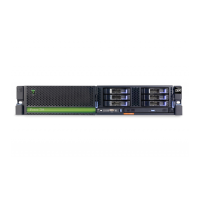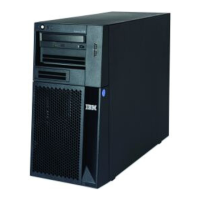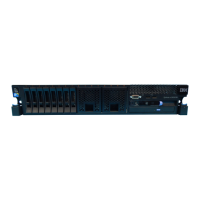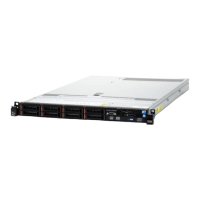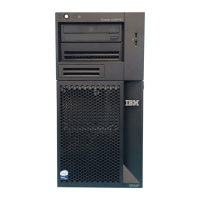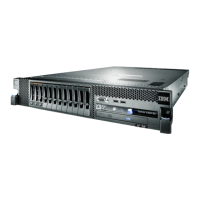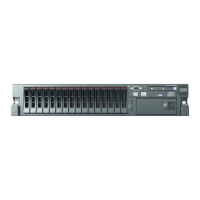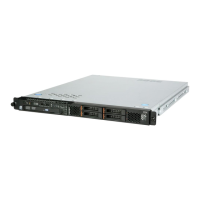iSeries Architecture: Fundamental Strength of the iSeries 19
iSeries Architecture: Fundamental Strength of the iSeries
machine code from Java byte codes. This Java transformer enables the direct execution of
Java on the system without the overhead of interpretation.
High-performance Garbage Collection is provided by OS/400 to improve the performance and
scalability of Java. An advanced Garbage Collection algorithm allows Java to scale to the
large numbers of objects expected when running enterprise applications on the server. Over
time, Java is planned to become even more integrated with, and tuned for, OS/400 to meet
the requirements of performance and scalability on the server without compromising the
cross-platform portability of the rich language.
Other technology included in the AS/400 Developer Kit for Java allows GUI applications to run
on the system without modification. This support is called Remote Abstract Windowing Toolkit
(AWT). It intercepts GUI requests coming from a Java program and re-routes the requests to
an attached workstation running its own Java Virtual Machine (JVM). Server programs with
graphical interfaces for configuration or tuning run on the system without modification.
Java objects on the iSeries servers can be full-fledged system objects that allow them to be
persistent, shared, secure, backed up, and restored. iSeries server single-level-storage
technology permits Java objects to be stored in their object form without the performance and
maintenance overhead of two-level-store operating systems.
Java Deployment Tools are aimed at simplifying the deployment, management, and tuning of
Java applications on the system. IBM has tested InstallShield's Java Edition product.
InstallShield allows Java application developers to create packages that will install natively on
the iSeries server. This is the common method used to package and install applications on
other platforms, such as Windows NT. InstallShield on the iSeries server makes it easier to
port applications to the system that are currently targeted for other platforms. A number of
Qshell enhancements and utilities are provided to support zip or unzip of Java packages. To
aid in performance analysis and tuning of Java applications on iSeries, support is provided to
convert data collected by Performance Explorer into standard formats used by popular Java
performance analysis tools such as Javation and Hyperprof.
Java applets and applications that access iSeries and programs and data from client
workstations (or a Java-enabled server) can be written using the AS/400 Toolbox for Java.
Java classes on the client can be used to access existing iSeries applications and data using
low-level APIs. The AS/400 Toolbox for Java can be used on a client to access iSeries
servers running OS/400 V3R2, V3R7, or V4R1 and later. The ability to run Java applications
on the AS/400e requires OS/400 V4R2 or later and V4R5 on the iSeries. The Toolbox
requires Java Virtual Machine (JVM) 1.1.6 or later. At V4R4, the AS/400 Toolbox for Java was
enhanced to support the Java Database Connection (JDBC) 2.0 specification. Secure
Sockets Layer (SSL) specification enable support for data between the workstation and
system to be encrypted and the server authenticated.
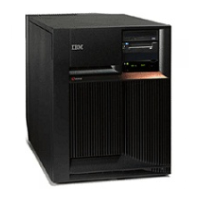
